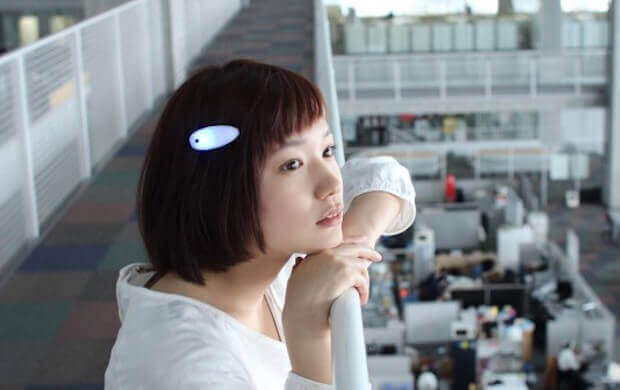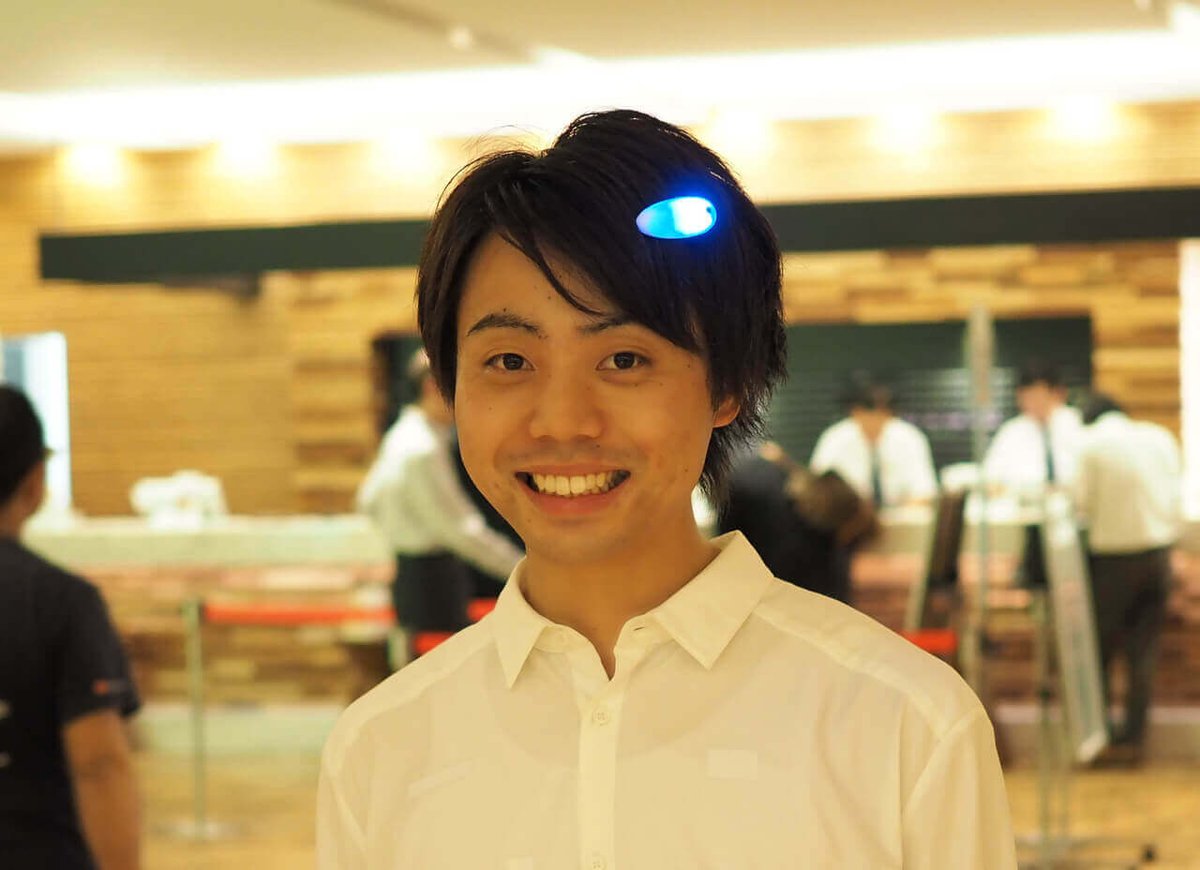A 3D printed hairclip translates external sounds into vibration. Ontenna could be a big step for the hearing impaired.
The incredible story begins in Japan with a serendipitous encounter at a culture festival. As Tatsuya Honda, a graduate student focused on solving societal problems with technology, explored the festival, he connected with a deaf person.
After perusing the festival together, their meeting ended in an onsen (a Japanese public bath). The deaf person explained that they worked with the Hakodate Sound Visualization Research Society, and gave Honda their card.
Honda quickly became interested in deaf communication and research, learning sign language and volunteering as an interpreter. In 2012 he began working on the very first Ontenna prototype. With government grants and the ease of 3D printing, Honda has been able to create 200 prototypes for testing.

The current model looks like a small hair clip, and translates external sounds into vibration. This can help signal changes in the environment. Anything from a vacuum cleaner being unplugged, to a phone ringing, to an alarm. During testing, developers found that, while those with unimpaired hearing could hardly make heads or tails of where these mystery sound waves originated, the deaf took to the technology very quickly. Able to distinguish even the most minor changes made a great impact on them.

The entire project is, perhaps, summed up perfectly by one Ontenna-tester:
At school I was taught that cicadas make a long buzzing sound, but I never knew what kind of rhythm or pattern that sound had until now. Once I put on Ontenna I felt like I could hear the sound of cicadas for the first time.
The Ontenna’s creation, of course, had many set-backs. The biggest question was where to pin the tiny device. Attaching it to the skin proved uncomfortable. Given how important hand movement are to the deaf, attaching it to a hand or finger proved fruitless. Eventually, Honda found two prime locations: the hair, and the ear.
Mass production has not yet entered the equation.
As for the future, Honda does hope to get the tiny Ontenna to as many people as possible. Perhaps, even in the hands of competitors in the Deaflympics. If these athletes could hear their own movements, would they performs better? We’ll have to wait for the answer.
(Via: The Bridge)
License: The text of "Ontenna Hairclip Converts Sounds into Vibrations for Hearing Impaired" by All3DP is licensed under a Creative Commons Attribution 4.0 International License.